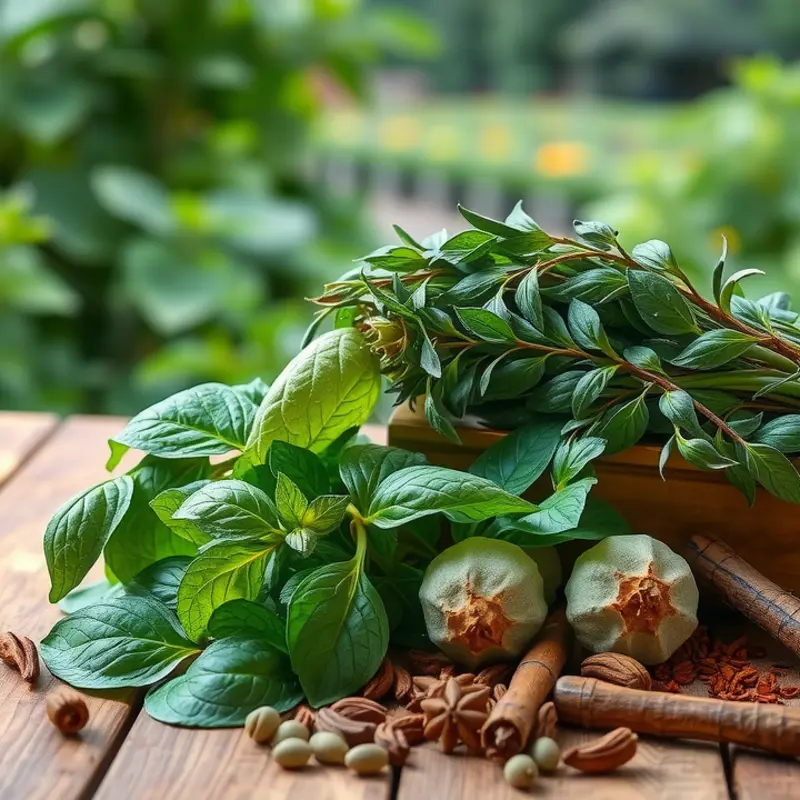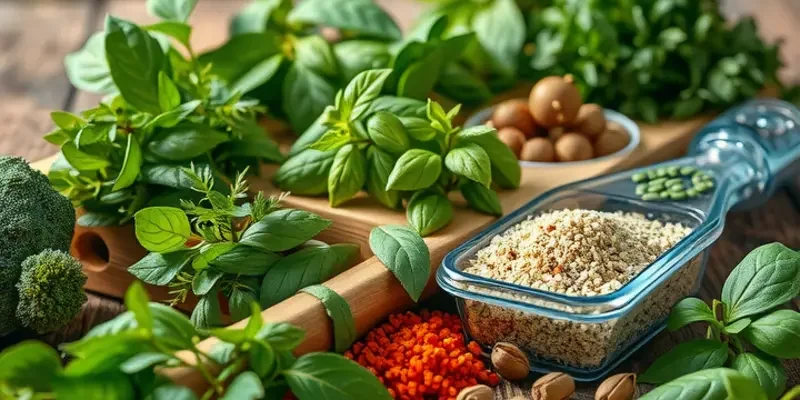Cooking the perfect steak at home is a rewarding experience that can impress family and friends. Whether you’re a novice or a seasoned home chef, mastering steak cooking techniques will elevate your culinary skills. With the right approach, you can achieve delicious, juicy results every time. Let’s explore practical tips that will transform your steak-cooking journey, making it easy and enjoyable for cooks of any level.
Choosing the Right Cut and Preparation

Selecting the right cut of steak is the first significant step toward a memorable home-cooked meal. While many cuts are available, it’s crucial to understand the distinct characteristics of each to make an informed choice. Some popular options include ribeye, tenderloin, sirloin, and strip steak. Each cut offers unique flavors and textures, lending itself to different cooking methods.
The Ribeye is renowned for its rich marbling, contributing to its juicy and tender flavor. It’s ideal for grilling or pan-searing, as the fat content renders beautifully when exposed to high heat.
Tenderloin, also known as filet mignon, is prized for its tenderness and subtle flavor. Although it lacks the rich taste of a ribeye, it compensates with a buttery smooth texture. Cooking a tenderloin to a perfect medium-rare in a hot skillet, followed by a brief oven finish, allows its delicate nature to shine.
Sirloin is a versatile cut that balances tenderness with a robust beefy flavor. It’s a budget-friendly option that can be grilled, broiled, or pan-fried, making it perfect for casual weeknight dinners.
Strip Steak, or New York Strip, offers a satisfying chew balanced with a hearty taste. It excels in high-heat environments, quickly developing a flavorful crust while maintaining a juicy interior.
Preparing Your Steak
Proper preparation is fundamental to accentuating the inherent qualities of your chosen cut. This begins with seasoning. A simple blend of kosher salt and freshly ground black pepper enhances the steak’s natural flavors. Ensure even coverage by seasoning generously on all sides.
For those seeking additional flavor depth, marinating can be transformative. A well-balanced marinade, consisting of acidic elements like vinegar or citrus juice, oil, and herbs or spices, can infuse the meat with nuanced flavors. Marinating for a few hours, or overnight, is advisable for tougher cuts like skirt or flank steak.
Reaching the Ideal Temperature
Achieving an optimal cooking temperature is crucial for perfect doneness. After your steak is seasoned and/or marinated, it’s essential to let it reach room temperature before cooking. This helps in cooking the steak evenly. Remove the steak from the refrigerator at least 30 minutes before it hits the pan or grill.
This method not only decreases cooking time but also ensures a pleasant pink center without overcooking the exterior. Additionally, you can learn about practical ingredient batching methods to streamline your meal preparation process by visiting Practical Ingredient Batching.
In essence, mastering the selection and preparation of steak requires a commitment to understanding the nuances of each cut. Armed with this knowledge, you can confidently explore and perfect the art of home-cooked steak, delighting in its myriad flavors and textures.
Cooking Techniques for the Perfect Steak

Perfectly cooked steak is an art. To master it, you need more than just high-quality meat. Understanding key cooking techniques will elevate your skills, allowing you to achieve restaurant-quality results at home. Three classic methods are grilling, pan-searing, and broiling.
Grilling requires attention to detail. Start by preheating your grill to allow it to reach the correct temperature. A well-preheated grill ensures that your steak gets those coveted grill marks while preventing sticking. Season your steak generously with salt and pepper, ensuring even coverage on all sides. Place your steak on the grill and let it sear without disturbance for two to three minutes. This step guarantees a flavorful crust. Use tongs to flip the steak and sear the other side. Depending on the thickness of your steak and preferred level of doneness, you may need to adjust cooking times. For a medium-rare finish, aim for an internal temperature of 130°F (54°C). Use a meat thermometer for accuracy.
Pan-searing is my personal favorite. Start with a heavy skillet, preferably cast iron, and heat it on medium-high until it starts to smoke lightly. Coat the surface with a high smoke point oil like grapeseed or canola. Pat your steak dry with paper towels to promote browning, then season generously. Place the steak in the hot skillet, leaving it undisturbed to develop a beautiful crust, typically for three to four minutes. Flip it carefully and add a knob of butter along with aromatic herbs like thyme and crushed garlic. Baste the steak repeatedly, infusing it with rich flavors. For medium-rare, remove the steak when it registers 130°F (54°C).
Broiling is a fantastic indoor alternative to grilling. Start by preheating your broiler and adjusting the rack to be about five inches from the heat. Use a broiler pan or an oven-safe skillet. Season your steak and place it directly on the pan, making sure air can circulate underneath. Broil for about five minutes per side for medium-rare steak, again checking with a meat thermometer to reach 130°F (54°C).
Regardless of the method chosen, don’t skip resting your steak. Allow it to rest for at least five minutes under tented foil. This crucial step lets juices redistribute, resulting in a tender, juicy interior.
When it’s time to slice, always cut against the grain. This helps break down the fibers, providing tenderness that enhances each bite.
The perfect steak doesn’t end with cooking. Pair your meal with side dishes that are quick to prepare, as highlighted in minimal prep dinner ideas. Master these techniques, and you’ll consistently achieve delicious results that delight any palate.
Final words
Cooking steak at home doesn’t need to be intimidating. By understanding the right cuts, proper seasoning, and the ideal cooking techniques, you’ll be well on your way to mastering this classic dish. Don’t forget the importance of resting your steak and slicing against the grain to maximize tenderness. Practice these tips, and soon you will be serving up delicious, perfectly cooked steaks that will leave everyone impressed. Enjoy your culinary journey, and remember, the kitchen is your playground—have fun experimenting with different flavors and techniques!







